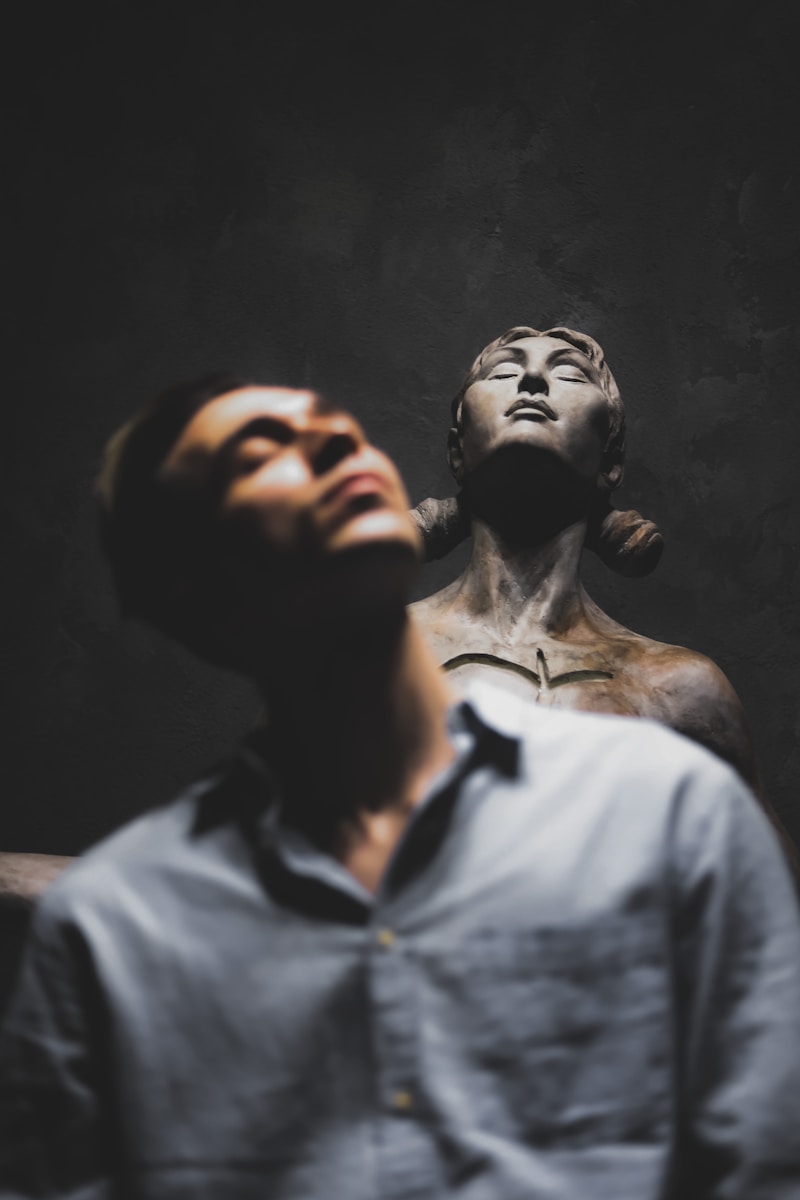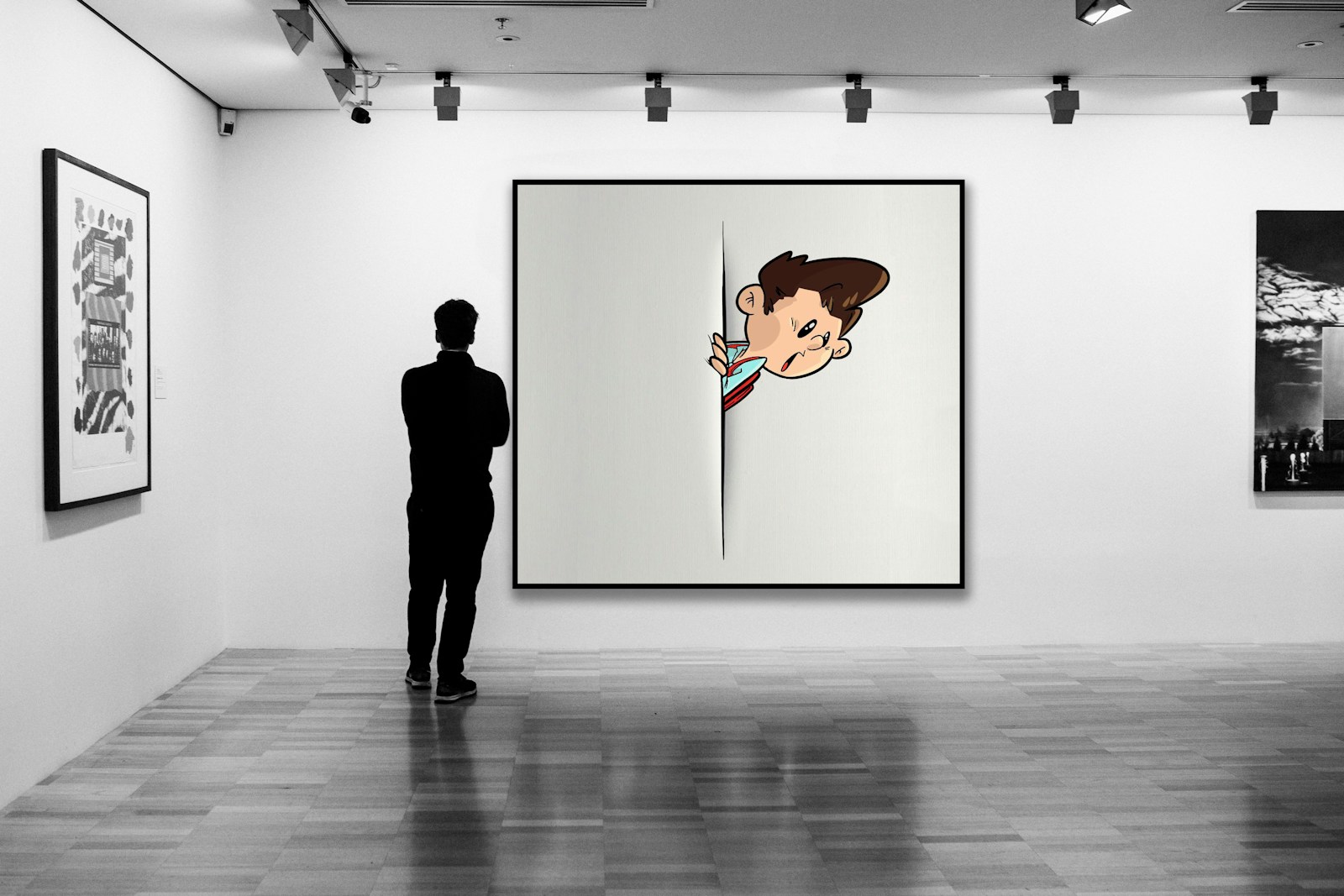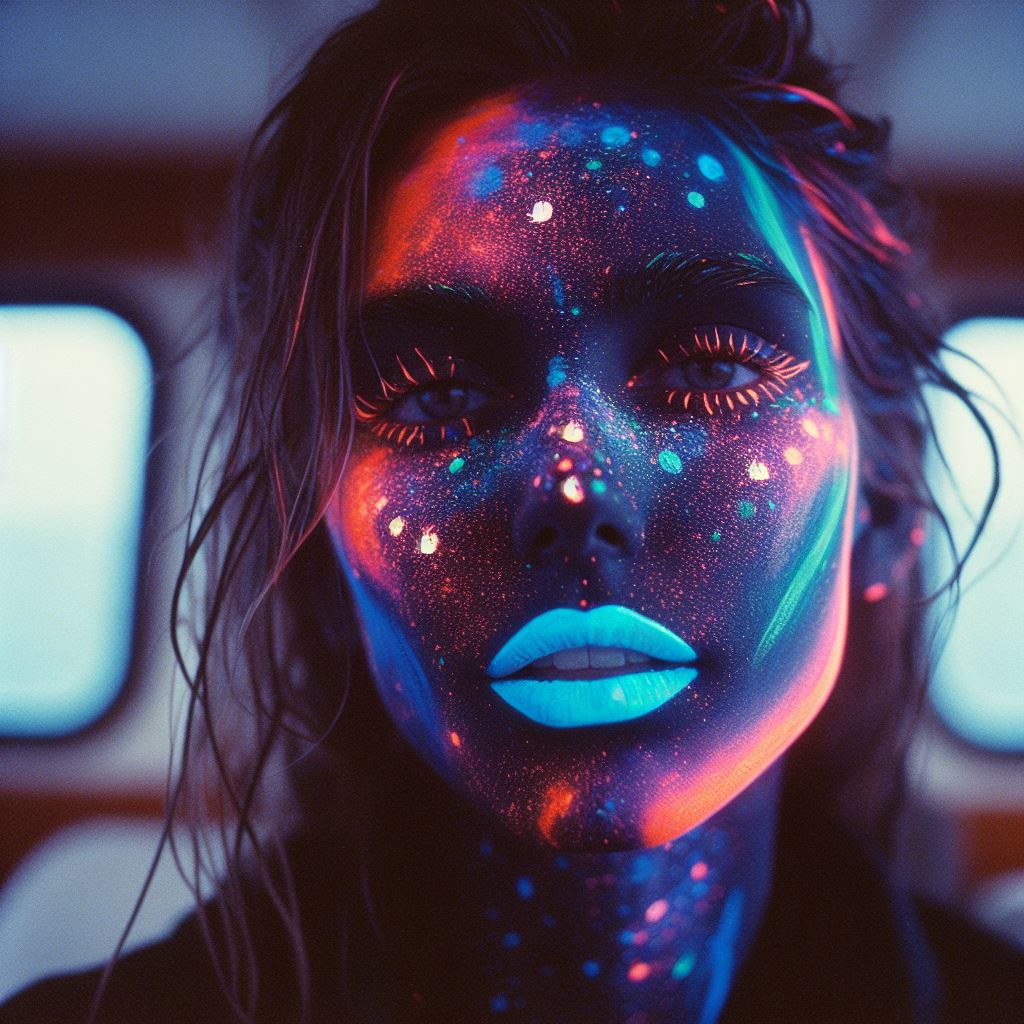Key Takeaways
- AI now creates fashion models that look real
- Most people cannot tell AI art from human art
- AI art lacks the history and human story behind it
- This change makes us ask what we value in art
- We must decide between perfect AI art and human flaws
Introduction
A famous fashion brand just ran a magazine ad with a model who does not exist. She looks perfect and real but she comes from a machine mind. People reacted fast and hard. They said this move feels lazy and unfair. It also raises deep questions about art and beauty.
The Rise of AI Models
Over many years designers have changed photos of real people with airbrushing. But now art can start with nothing real. Instead a computer builds a digital person from patterns it learned. The machine studied millions of pictures and learned what makes a face look nice. Then it mixed data points until it formed a flawless image.
This new model can wear any clothes or pose any way. Yet no human photographer met her or gave her a backstory. She exists only as lines of code. Brands can now order a perfect model in minutes instead of booking real people.
Why We Fall for AI Art
Our brain recognizes faces and sounds in familiar ways. AI learns those ways too. It studies sound waves and color curves more deeply than any person ever could. Then it copies the patterns so well that it feels natural.
Also AI avoids the strange errors humans spot as fake signs. It no longer gives us that odd feeling called the uncanny valley. That is when something looks nearly human but not quite. AI now clears that gap and passes as real.
Moreover AI does more than copy. It crafts an ideal version of what it learned. A real person cannot match that flawless blend. So we accept the fake model as truth with no second thoughts.
The Lost Human Touch
Art feels special because a person made it with heart and history. A painting shows brush strokes and the mood of its creator. A song carries emotion and memory. But AI art has no backstory. It does not live moments or feel joy or pain.
This lack creates a hollow feeling. People say they sense something missing even when the image feels perfect. Also doubt can creep in. Viewers may find themselves wondering if the art came from a machine. That doubt pulls them out of the moment. They stop feeling moved and start looking for digital flaws.
When art requires us to question its origin we lose part of its magic. We shift from feeling to suspicion. This shift strips away the simple joy of seeing something beautiful or hearing a moving tune.
The Aesthetic Turing Test
Alan Turing once asked if a computer could fool a person in a chat. Today AI passes that test with words. Now it tests us in art. If we cannot tell AI art from human art then AI wins this aesthetic game.
That victory may thrill tech fans. Yet it also forces us to ask why we value art. Do we care only about perfect images and catchy songs? Or do we crave the human story that lies beneath the work?
Choosing Our Art Future
We face a choice. We can embrace perfect AI art that never tires or ages. We can fill ads and screens with models who never existed. Or we can hold on to human art with all its flaws and history.
If we pick AI we gain speed and low cost. Brands can make thousands of unique images in minutes. They can explore new ideas fast. They can market any look or trend with no casting or photo shoots.
However we lose the aura of real art. We lose the sense of history in a painted canvas or an old photograph. We lose the personal story of a singer who wrote lyrics in a small room. We lose the chance to connect with another soul.
Moreover human art inspires new artists. They see a painting and learn a style. They hear a song and feel moved to write lyrics of their own. That cycle may break if machines do all the work.
Finding Balance
Some experts think we can find middle ground. We can use AI as a tool but keep humans in the loop. A designer could let AI draft ideas then add personal touches. A musician could use AI for beats then record real vocals.
This human AI teamwork can spark fresh creativity. It can speed up tedious tasks and free artists to focus on emotion and message. It can also keep the human story alive in every work.
Yet we must set clear rules. We may need labels that warn when art is fully AI made. We may need contracts that guarantee fair pay and credit for human artists. We may need new laws on deep fake images and consent.
The Road Ahead
AI art will only grow more complex. Soon it may blend seamlessly with real life. We may meet digital people who can speak and move on their own. We may hear songs made without any human voice.
Therefore we must think now about our art values. We must decide if perfect emptiness can satisfy us. We must decide if we still want a messy but heartfelt human mark.
In the end art lives in the heart of the observer. A machine can play notes that bring tears. Yet only a human mind senses the story behind the song. A machine can paint a scene that looks real. Yet only a human eye knows the artist stood before a sunset.
Conclusion
AI fashion models and AI art challenge our ideas of beauty and meaning. They force us to face a mirror that shows our own tastes. They ask if we choose perfect reflections or human flaws.
We now have the power to craft endless art. Yet we will decide what kind of art we want to live with. We will choose what truly matters to us in a world of synthetic beauty.



